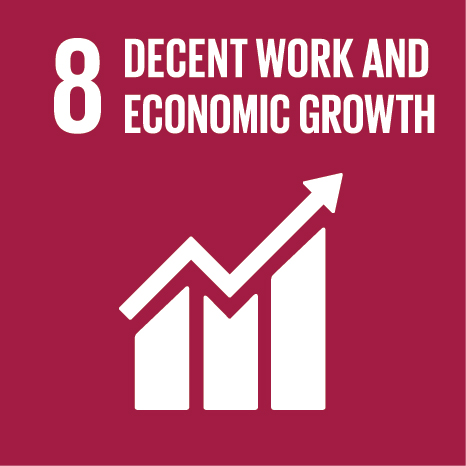Human Resources Practices and turnover intention in the pharmaceutical industry in China: A moderated mediation model
Event Title
XIII International Workshop on Human Resource Management
Year (definitive publication)
2024
Language
English
Country
Spain
More Information
Web of Science®
This publication is not indexed in Web of Science®
Scopus
This publication is not indexed in Scopus
Google Scholar
This publication is not indexed in Overton
Abstract
The pharmaceutical industry in China faces difficulties in holding onto top talent, and there is a dearth of empirical research on the intention of employee turnover. Drawing on Social Exchange Theory, the relationship between human resources practices and turnover intention is examined in this study, with a focus on the mediating role of affective commitment and the moderating role of ownership. The results indicate that human resources practices have an indirect negative impact on turnover intention in the context of the Chinese pharmaceutical industry. Affective commitment fully mediates the relationship between human resources practices and turnover intention; and the relationship between human resources practices and turnover intention is impacted by different ownership. This research informs managers and employers in pharmaceutical companies on how to retain talent through the implementation of human resources practices that contribute to an emotional attachment from employees to the organization.
Acknowledgements
--
Keywords
Human resource practices,turnover intention,pharmaceutical industry,China,social exchange theory
Fields of Science and Technology Classification
- Economics and Business - Social Sciences
Contributions to the Sustainable Development Goals of the United Nations
With the objective to increase the research activity directed towards the achievement of the United Nations 2030 Sustainable Development Goals, the possibility of associating scientific publications with the Sustainable Development Goals is now available in Ciência_Iscte. These are the Sustainable Development Goals identified by the author(s) for this publication. For more detailed information on the Sustainable Development Goals, click here.

 Português
Português


